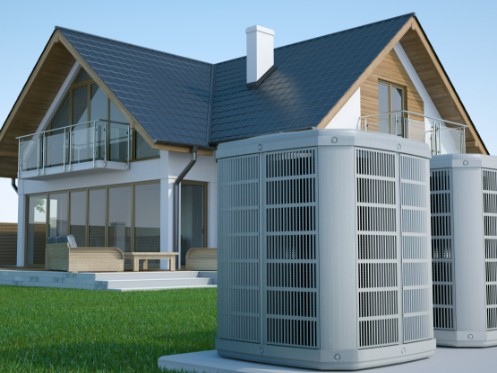SEER Ratings: What You Need to Know

SEER stands for Seasonal Energy Efficiency Ratio. It is a measure of how efficiently an air conditioner or heat pump operates over a cooling season. A higher SEER rating means that the unit is more efficient and will use less energy to cool your home.
What Is a Good SEER Rating?
The minimum SEER rating for new air conditioners and heat pumps sold in the United States is 13.4. However, a good SEER rating for most homes is 14 or higher. A SEER rating of 16 or higher is considered to be very efficient.
The cost of an air conditioner or heat pump with a higher SEER rating will be higher upfront, but you will save money on your energy bills over time. The amount of money you save will depend on the efficiency of your old unit, the size of your home, and the climate you live in.
In general, a 16 SEER air conditioner will save you about $100 per year on your energy bills compared to an 8 SEER unit. A 20 SEER unit will save you about $200 per year.
So, what is a good SEER rating? It depends on your budget and your needs. If you’re looking to save money on your energy bills, then a SEER rating of 14 or higher is a good option. If you’re willing to spend more upfront for a more efficient unit, then a SEER rating of 16 or higher is a good choice.
Here are some additional factors to consider when choosing an air conditioner or heat pump:
- The size of your home
- The climate you live in
- The amount of insulation in your home
- The type of windows and doors you have
It’s always a good idea to consult with a qualified HVAC contractor to get recommendations for the best air conditioner or heat pump for your home.
Types of SEER Ratings
There are generally two types of SEER ratings: standard and regional. The standard SEER rating is the minimum requirement for air conditioners sold in the United States and is set by the Department of Energy.
As of 2023, the minimum SEER rating for new air conditioners is 14. The regional SEER rating, on the other hand, is a higher rating that is required in certain parts of the country. For example, in the Southwestern United States and California, new air conditioners usually have a minimum SEER rating of 15. This is because the climate in this region is typically hotter and requires more energy to cool a home or building.
How Is SEER Rating Determined?
An appliance gets a SEER rating by undergoing a series of tests conducted by the Air Conditioning, Heating, and Refrigeration Institute (AHRI). The tests are conducted in a climate-controlled laboratory and measure the amount of energy the appliance uses to cool a specific amount of air.
The SEER rating is calculated by dividing the total cooling output of the appliance by the total energy used to produce that cooling output. For example, an appliance with a SEER rating of 16 cools 16,000 BTUs of air for every 1,000 watts of energy it uses.
The SEER rating is a reliable way to compare the energy efficiency of different appliances. Keep in mind that the SEER rating is only valid for the specific model of appliance that was tested. The SEER rating of a different model of the same appliance may be different.
How to Check the SEER Rating
To check the SEER rating of an appliance, you should first locate the unit’s nameplate. The nameplate is usually located on the outside of the unit or on the inside of the service panel. Once you have located the nameplate, look for a number that is labeled SEER or Seasonal Energy Efficiency Ratio.
Alternatively, look for the yellow Energy Guide label. This label is required on all new appliances sold in the United States. The SEER rating is listed on the label, along with other information such as the energy consumption of the appliance and its efficiency class.
If you need help, call Breeze Air Conditioning. We’re a locally owned and operated business that has been serving the Palm Desert community for over 40 years. Our team of NATE-certified technicians are experts in all aspects of HVAC. Call us today at (760) 498-1868 to schedule a free estimate for your HVAC needs.
Tags: HVAC